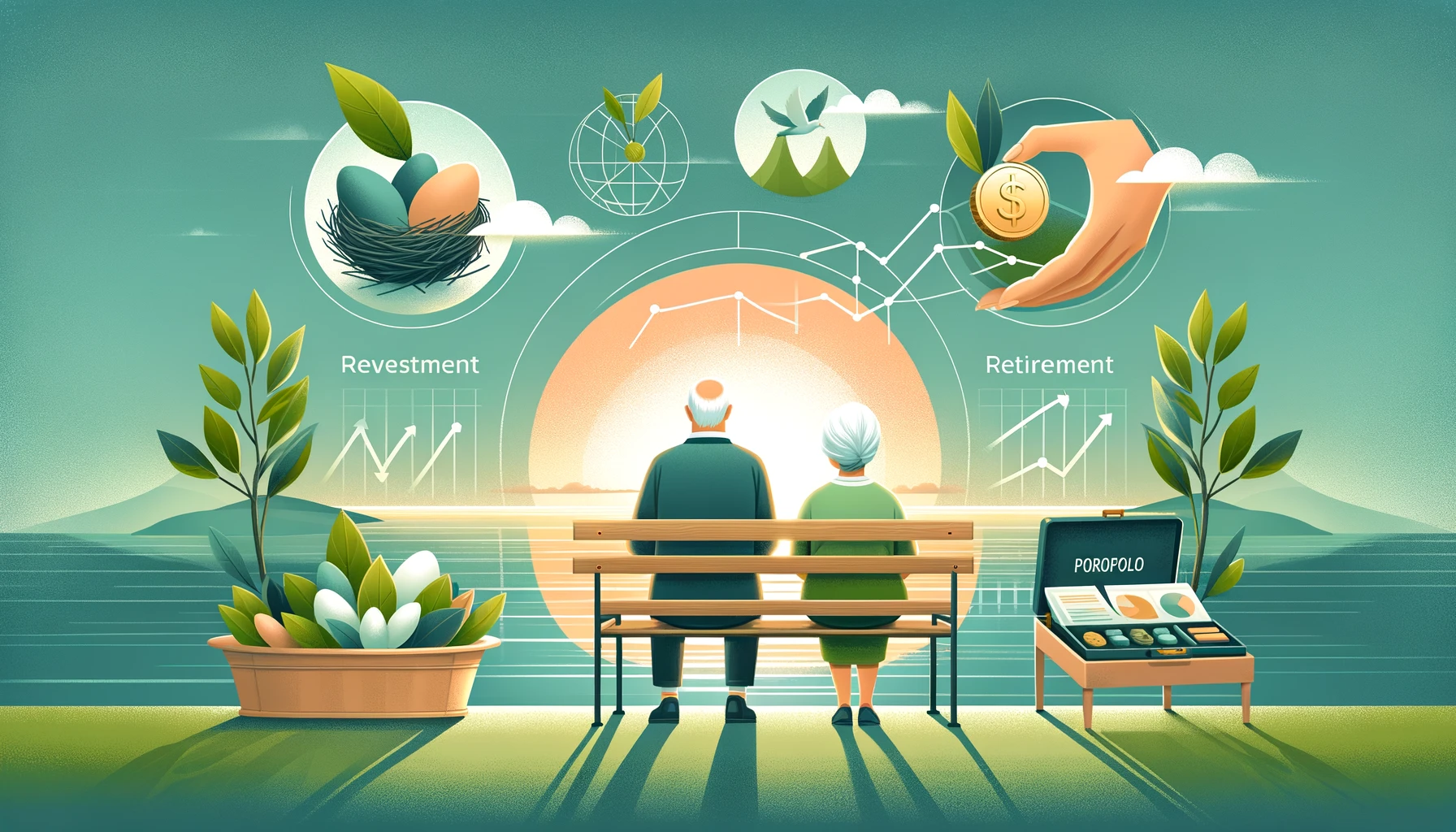Retirement marks the beginning of a new chapter in life, one that often brings both excitement and financial uncertainty. The key to navigating this phase successfully lies in building a sustainable retirement portfolio. This guide explores actionable strategies tailored to retirees.
1. Introduction
Retirement investing is a delicate balance of preserving wealth, generating income, and managing risks. With proper planning and strategic decision-making, retirees can enjoy financial security and peace of mind.
2. Key Principles of Retirement Investing
- Preservation of Capital: Focus on investments that minimize risk to your principal.
- Income Generation: Include assets that provide a steady stream of income.
- Inflation Protection: Safeguard against the eroding power of inflation.
- Liquidity: Ensure a portion of your portfolio is easily accessible.
3. Diversification: A Pillar of Stability
Diversification involves spreading investments across various asset classes to reduce risk. Here’s an example allocation:
- Stocks (20-30%): Focus on dividend-paying stocks.
- Bonds (40-50%): Prioritize high-quality bonds or bond funds.
- Precious Metals (10-20%): Use gold and silver as a hedge.
- Cash and Equivalents (10-20%): Maintain liquidity for emergencies.
4. Investment Options for Retirees
4.1 Precious Metals
Gold and silver offer stability during economic downturns. Consider:
- Gold IRAs: Tax-advantaged retirement accounts.
- Gold ETFs: Easy to trade and track gold prices.
4.2 Bonds
Bonds provide consistent income and lower risk:
- Treasury Bonds: Backed by the government.
- Municipal Bonds: Tax advantages for retirees.
4.3 Dividend-Paying Stocks
Select companies with a history of stable and increasing dividends.
4.4 Real Estate Investment Trusts (REITs)
Gain exposure to real estate without the hassle of property management.
4.5 Cash and Money Market Funds
Maintain liquidity for unexpected expenses.
5. Tips for Sustainable Portfolio Management
- Rebalance Annually: Adjust allocations to maintain your target mix.
- Dollar-Cost Averaging: Invest regular amounts over time to mitigate market volatility.
- Consider Tax Implications: Be aware of how different investments are taxed.
- Leverage Professional Advice: Work with a financial advisor for personalized guidance.
6. Avoiding Common Pitfalls
- Chasing High Returns: Focus on stability over speculative gains.
- Neglecting Inflation: Include assets that outpace inflation.
- Over-Concentration: Avoid putting too much in one asset class.
7. Key Takeaways
- Diversify across asset classes to balance risk and reward.
- Include income-generating investments like bonds and dividend stocks.
- Use gold and silver as a hedge against inflation.
- Rebalance your portfolio regularly to maintain your financial goals.
- Seek professional advice to navigate complex decisions.
FAQs
What is the safest investment for retirees?
High-quality bonds, such as U.S. Treasury bonds, are considered safe due to their low risk.
How much of my portfolio should be in precious metals?
A typical allocation ranges from 10-20%, depending on your risk tolerance.
Are gold IRAs a good option for retirement?
Gold IRAs offer tax advantages and serve as a hedge against inflation but may have higher fees.
How often should I rebalance my portfolio?
Rebalancing annually is a good practice to maintain your desired asset allocation.
Take control of your retirement today! Download our free guide to learn more about building a sustainable portfolio or schedule a free consultation with our experts.
Understanding your investment portfolio, knowing the account types, identifying suitable investments, and assessing your risk tolerance is vital. Opting for low-risk investments with high returns can provide you with a comfortable retirement.
Remember, it’s never too late or too early to start planning for retirement. Make informed decisions today for a secure tomorrow.
